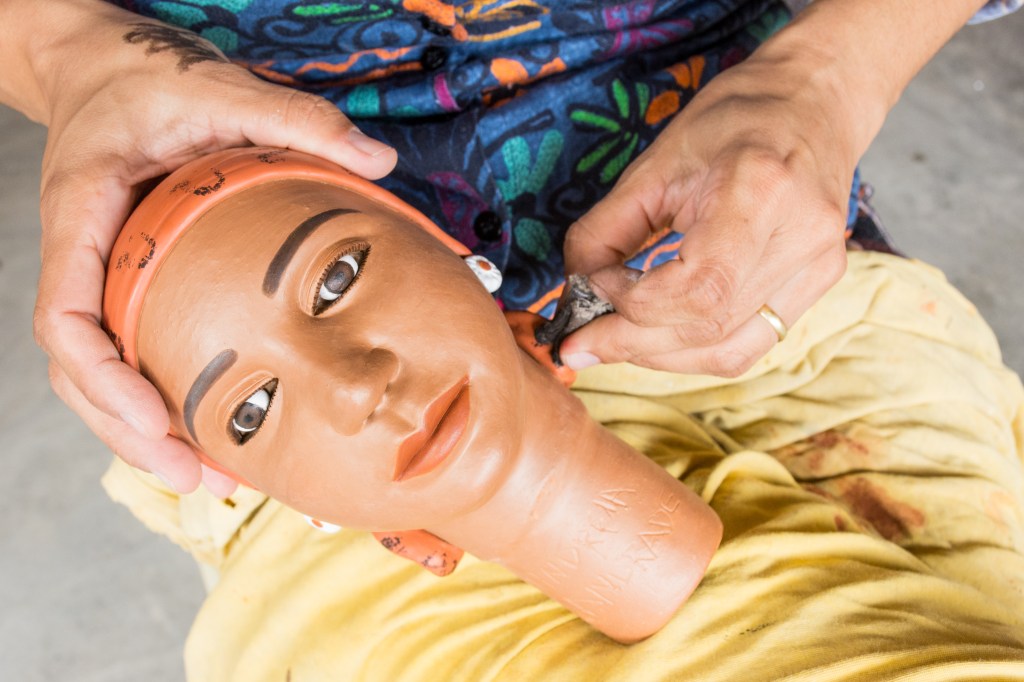
(José Lourival Figueiro / Casa.com.br)
Women are the majority in Brazil, equivalent to 51.8% of the population according to the 2019 IBGE census. In Brazilian artisanal communities this number is even higher: women represent 90% of the entire segment. The strengthening of the work of artisans in the country occurs especially through the continuous work of communities and support institutions, such as Rede Artesol , an NGO founded 20 years ago to foster the entire Brazilian artisanal production chain.

(José Lourival Figueiro / Casa.com.br)
A good part of the professionals supported by Artesol live in regions with few job opportunities and in communities far from urban centers, this year in an aggravating way, given the confrontation with the COVID-19 pandemic, the Artesol Network works in the creative economy to overcome stigmas of gender, and factors such as low education and lack of access to economic resources.
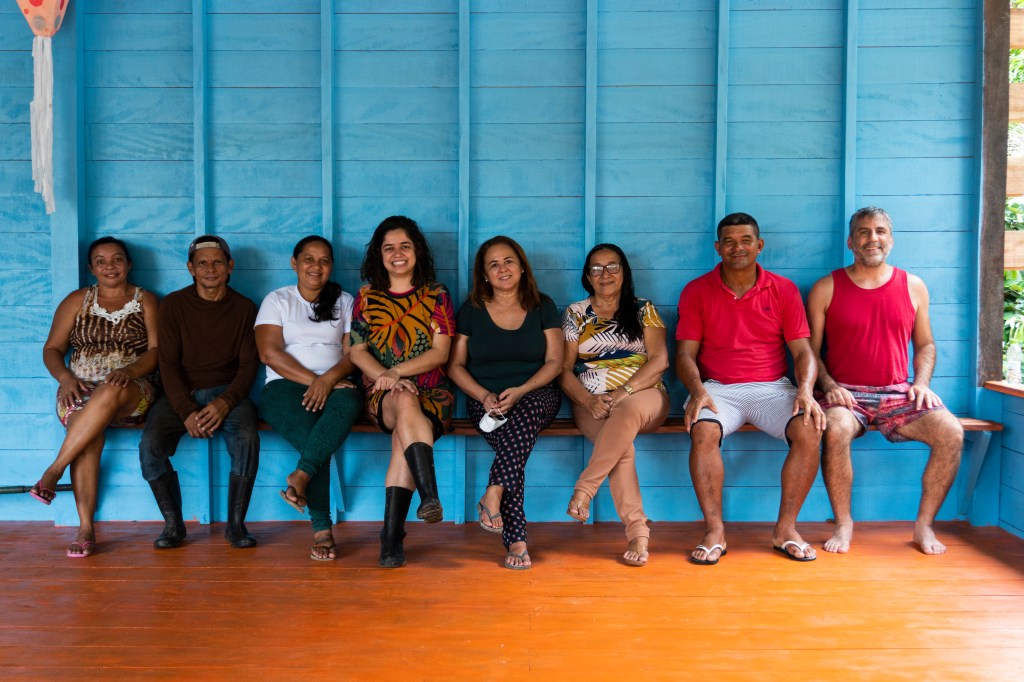
(Artesol / Casa.com.br)
The Artesol Network is an initiative focused on the mapping, training and dissemination of Brazilian artisans and artisanal centers to the world. On the project platform , the public can get to know hundreds of associations from all over the national territory and get in touch directly with the artisans. One of the initiatives mapped by the Artesol Network is the Seringô project, which for more than 30 years has trained women across the Amazon to work with the production of encuchado crafts (a rubberized material created with latex from the forest). The artisan and one of the project managers, Zélia Damasceno, usually travels for 5 days by boat to reach villages such as those of the “huni kuni” people in Acre, among other territories that are difficult to access in the north of the country. Seringô's proposal is to generate decent income for women living in indigenous villages, extractive reserves and riverside villages. The pieces produced (centerpieces, sousplats and decoration items, for example) portray Amazonian biodiversity and have already been exhibited at one of the largest design fairs in the world, the Salão do Móvel in Milan.
Zélia says that the great difficulty in the training process in some of the communities is in the resistance of husbands who do not accept that their wives leave home to participate in training workshops, as they believe that they will abandon domestic activities due to handicrafts. Therefore, in some cases, Zélia does the training individually, going to the women's homes until the spouses understand the work and agree with the wives' involvement in the activities.
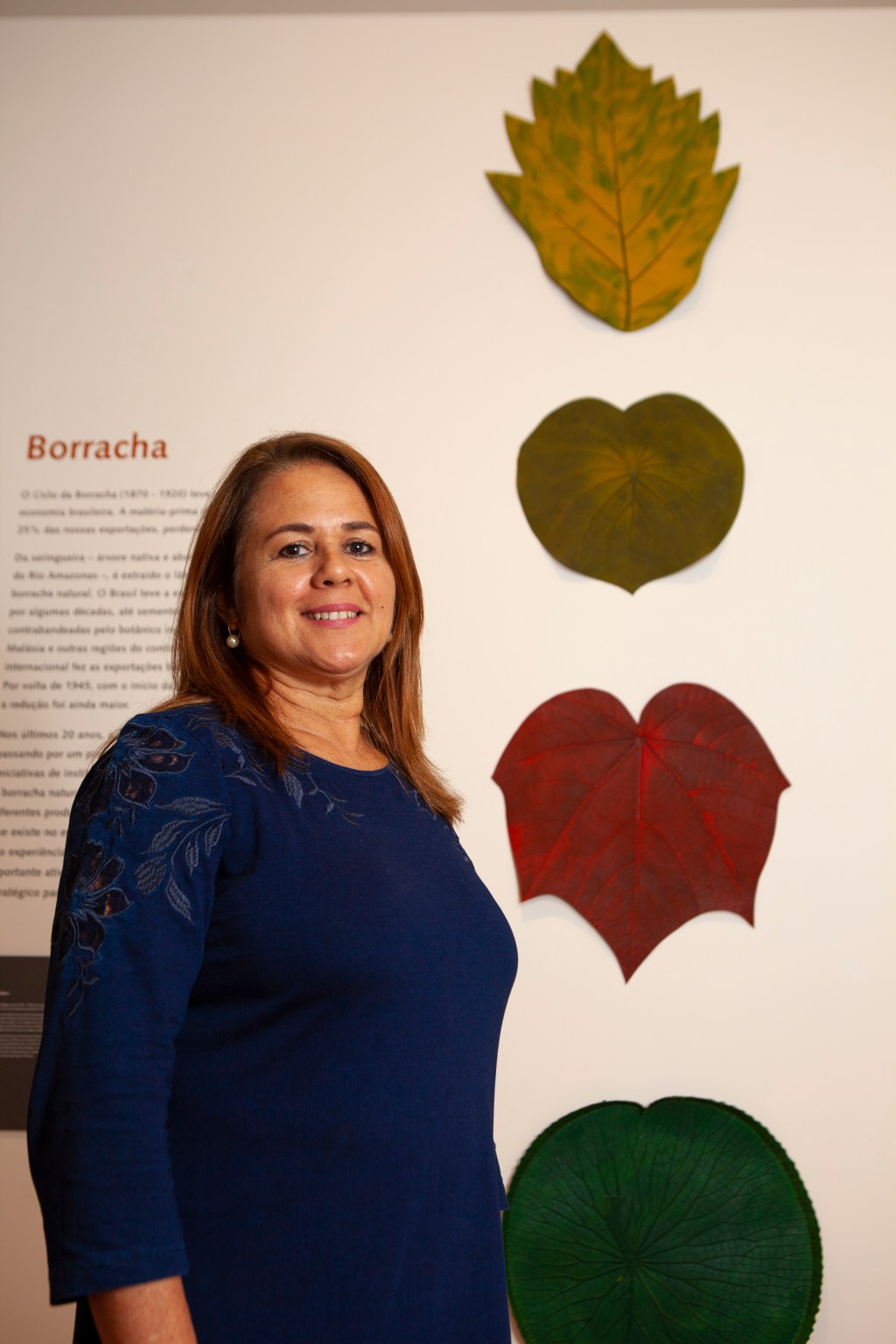
(Artesol / Casa.com.br)
Zélia explains that this individual attention is important in the process of inserting women who already suffer from lack of access to education and income, and need support, including in the dialogue with their partners, so that they can develop economically. Altogether, Seringô has already trained more than 40 communities across the Amazon. The logic based on the cooperative created by the project is that men start to extract natural latex and women and men can also generate income through handicrafts.

The President of Rede Artesol, Sonia Quintella, reveals the countless advances for women who dedicate themselves to handicrafts. “A good part of the artisans live in traditional communities far from the big urban centers. They work in the creative economy to overcome stigmas not only of gender, but also low education and lack of access to economic resources. They are riverside, indigenous, quilombolas or sertanejas who, often through handicrafts, managed to provide better education to their children, faced situations of domestic violence, improved their self-esteem and organized themselves collectively, assuming the leadership of their communities ”.
Another member of the Artesol Network that deserves prominence for its role in its region is Maria José Gomes da Silva. Also known as Zezinha, she is one of the most prestigious artists in the Jequitinhonha Valley, in Minas Gerais, an important ceramic center in Brazil. Zezinha was born in the village of Campo Alegre and, being the first of ten siblings, she started working at the age of 14, helping her father as a servant. Then he learned to mold the clay by observing the ceramic mother, becoming a great reference in Jequitinhonha.

His work stands out for the delicacy of the features and the level of sophistication of the costumes of women molded in clay. “I do it in my dolls' clothes, because when I was a teenager my dream was to have chic dresses that my family would never be able to buy. So, I started to "embroider" dolls' dresses in clay, designing jewelry and ornaments that I dreamed of having. " At the age of 21, Zezinha married Ulisses, who became a great partner, giving up his profession to take on the household chores and two daughters of the couple so that Zezinha could dedicate himself to his art - an act of courage for the era. Later, Ulisses started to support the production and commercialization of ceramics, together with a group of women who became Zezinha's apprentices.

(Artesol / Casa.com.br)
Zezinha and Ulisses created a kind of open-air museum in the garden of their own house with pieces by the artist and expanded the house to teach workshops and ceramics experiences to tourists who were interested. At the Coqueiro Campo Association, Ulisses was for a long time the only man among more than 50 women who were dedicated to the tradition of transforming clay into art. Her husband's support was essential for Zezinha to pass on her knowledge to so many other women in the community.
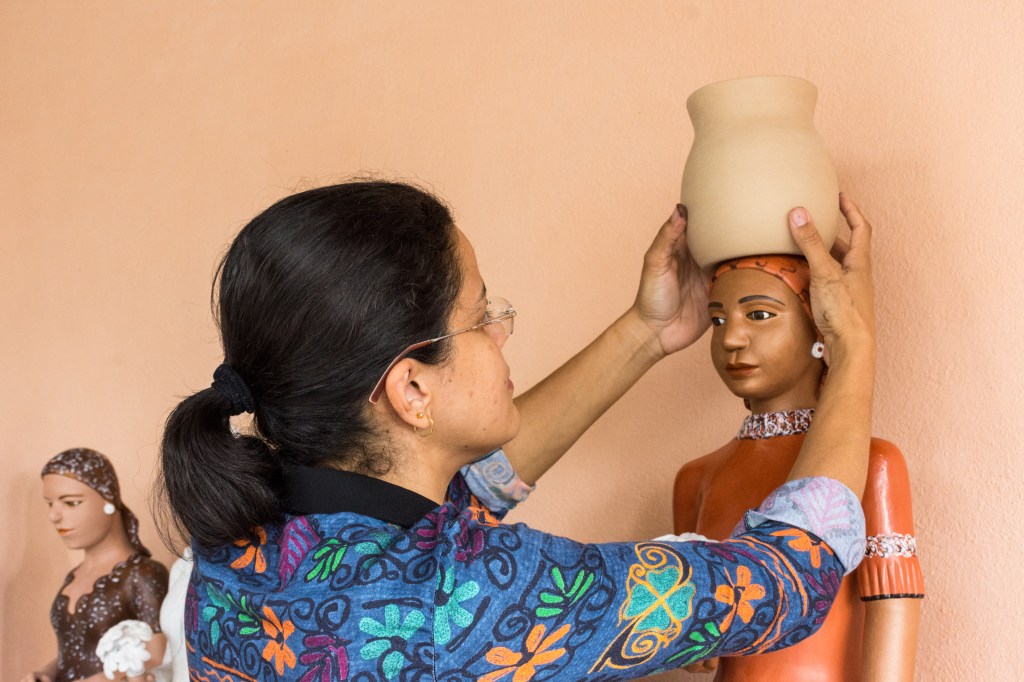
(José Lourival Figueiro / Casa.com.br)
The ceramist and artisan Andreia Pereira, from the city of Andrade de Santana do Araçuaí, in Minas Gerais, graduated in Plastic Arts, who is also part of the Artesol Network, learned from her grandmother, Dona Isabel Mendes, great teacher of the Jequitinhonha Valley, to art of creating your own narrative about the history of your place and its people. Andreia started modeling clay as a child and, at the age of 14, sold her first piece, exhibited with the family's production at an exhibition in Rio de Janeiro.
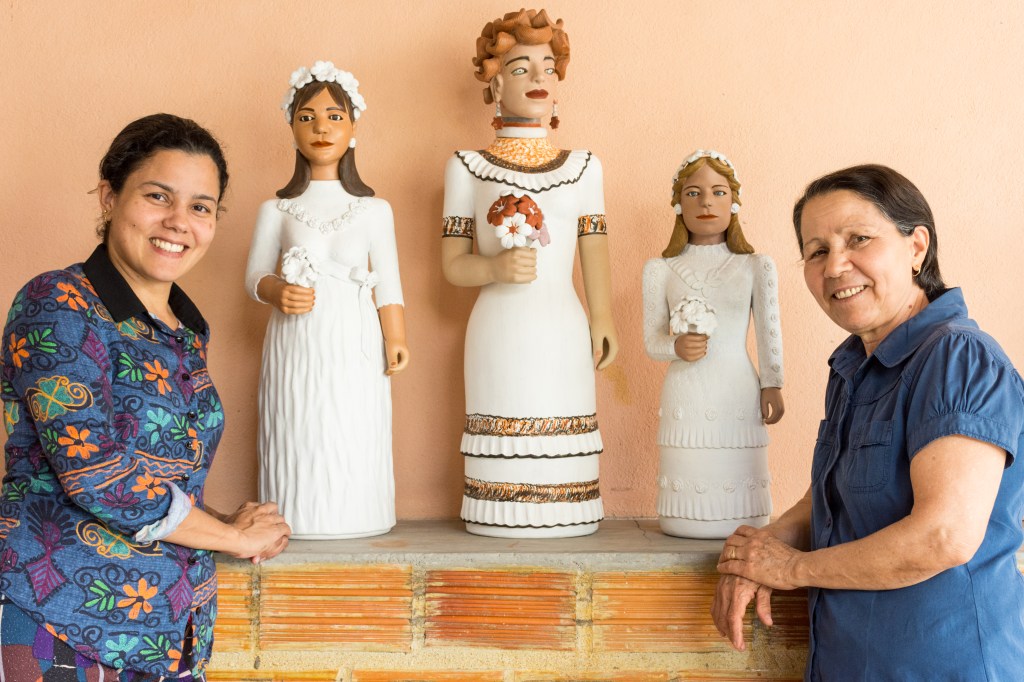
(José Lourival Figueiro / Casa.com.br)
He came to think about studying architecture, but chose to follow the same path as his mother and grandmother, inaugurating the third generation dedicated to the craft. However, she was the first to seek guidance outside the family circle. He went to live in Belo Horizonte exclusively to study fine arts at Escola Guignard. He specialized in painting and ceramics and built a clay oven typical of Jequitinhonha artisans at school. After finishing the course, he taught in Portugal and Spain, but returned to Santana do Araçuaí to continue the art of his grandmother and his parents.
Andreia was strengthened in her previous lineages to seek to improve herself as an artist. “I thank God for my grandmother-mother who has blessed hands and a divine gift. And the least I can do is to thank my dear grandmother-mother for a little bit of what I learned from her and may God allow us to share the learning that makes me so proud ”, comments emotionally Andreia.


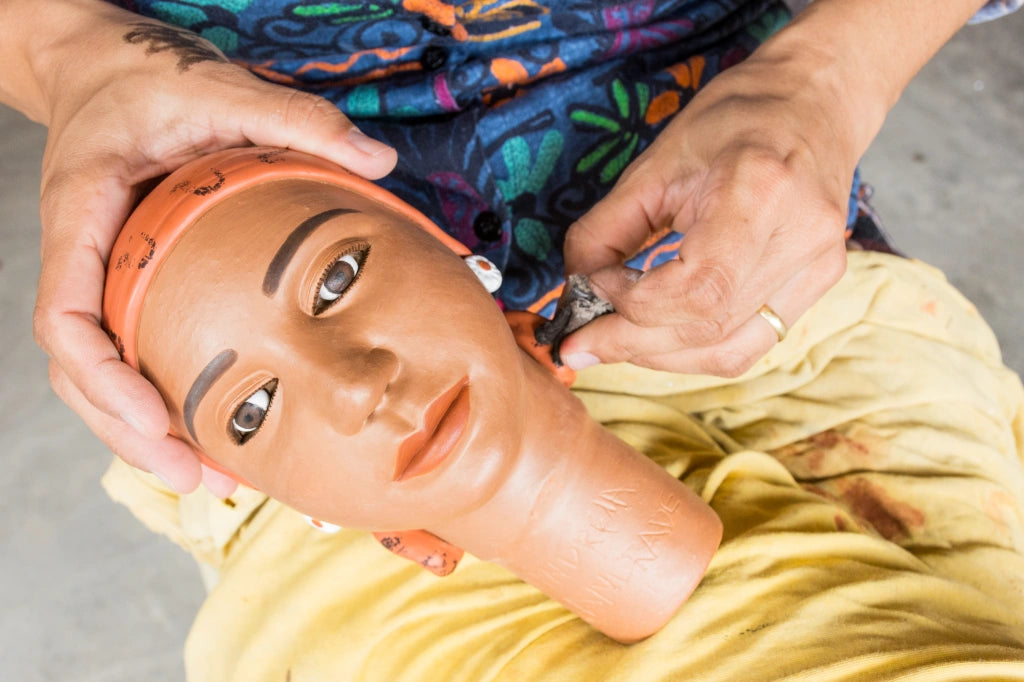


Leave a comment
This site is protected by hCaptcha and the hCaptcha Privacy Policy and Terms of Service apply.